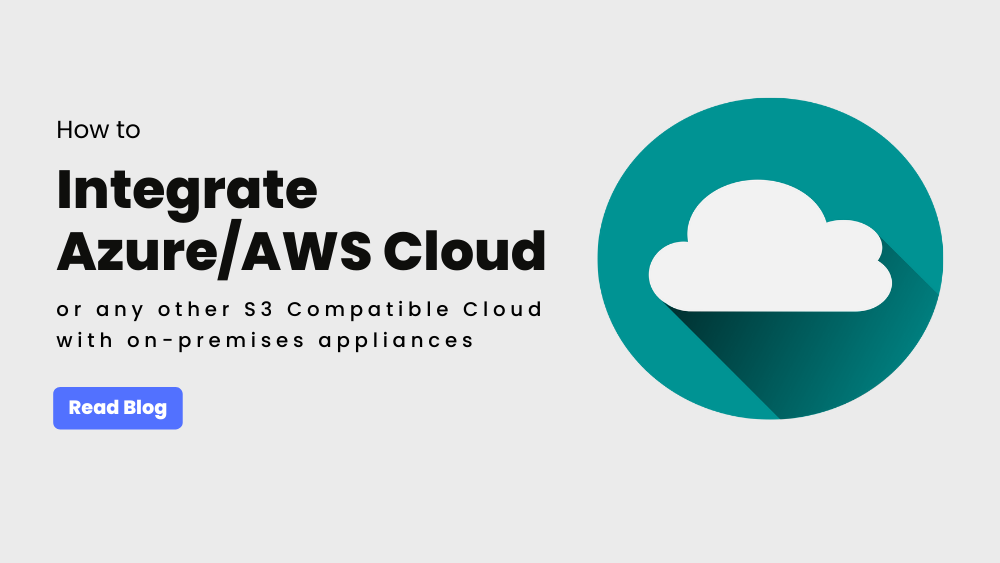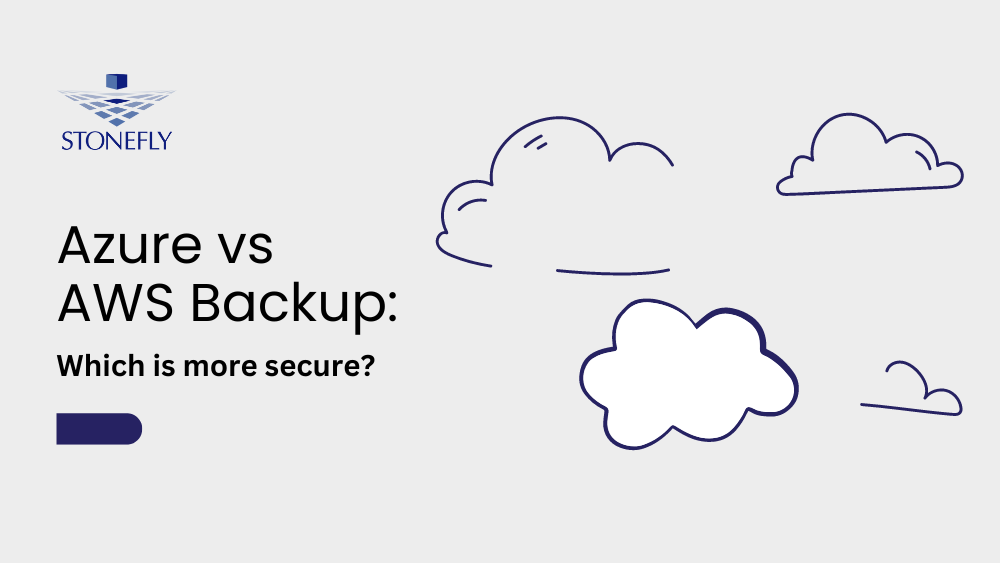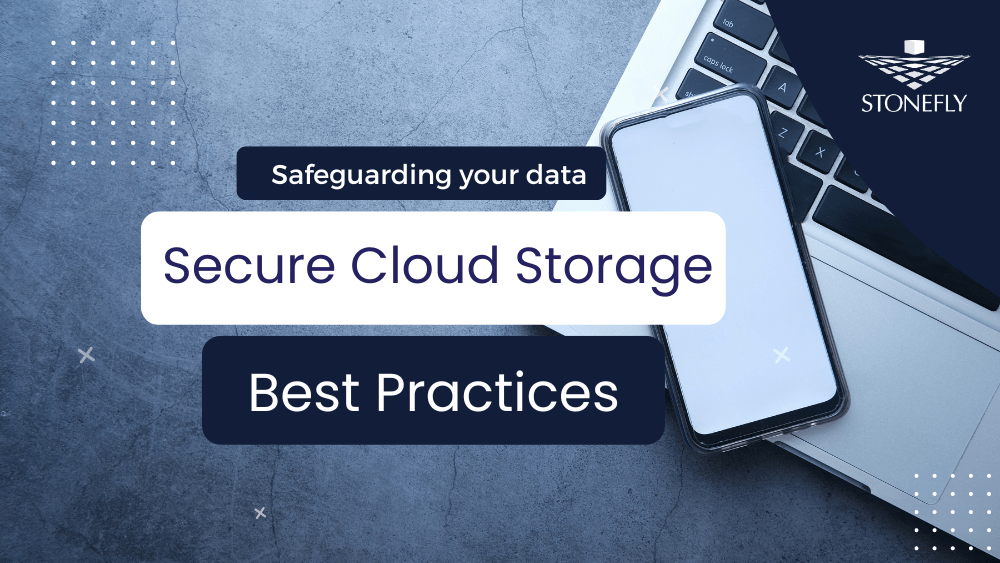You ought to be focused on greater things than troubleshooting email, like figuring out how to adjust your existent infrastructure set-up to the demands of the digital world. Those demands mean you need to be up on Big Data, the Internet of Things, mobile accessibility and cloud computing.
Although they are all great in theory every new demand requires more time, more resources, more money that you just don’t have. Creating your flexible IT environment doesn’t have to be a chore, it is a simple four step process of migrating the following things:
- Low-risk applications: Typically low risk applications occupy fifty to seventy percent of any company storage needs. These backups and records are certainly crucial, but are only accessed once or twice a year for compliance. Transferring this kind of data to cloud storages is easy and won’t disrupt your day-to-day operations.
- Dev-test apps: Migrating your Dev-test applications frees your internal-hardware from rarely-utilized production and support tools. In the cloud they are still immediately accessible but won’t decelerate your meantime processes.
- Big data and IoT operations. The flexibility of the cloud is perfect for housing your big data and IoT needs. Greater storage capacity and computing power allows for near-instant analytics and powerful data visualizations.
- Your current production systems. Your mission-critical applications often create significant internal strain. These can offer a great financial relief when moved to the cloud.
Azure Cloud Storage meets your precise needs by running in a pre-configured environment that reliefs the burden on your central IT. Microsoft Azure storage creates a hybrid-IT environment that easily plugs you into the newest technology without demanding a huge financial commitment.
You can think of Azure as an enhancement, a flexible extension of your legacy systems. Flexibility isn’t just a dual model, flexibility means complete-integration, global-accessibility and adaptable cost. This new approach to IT makes it easy to manage your data without casting aside your existing hardware or cutting into your budget.
Microsoft Azure Storage allows you to jump in and tinker in a low risk scalable cloud environment, test new theories, revisit old ambitions and lead your organization into the future with an affordable-hybrid-IT model that won’t sacrifice existing-hardware or hurt your productivity.










